Sun-powered ovens offer three excellent food preservation techniques. First, you can sun-dry fruits and vegetables, a cost-effective method that retains nutritional value and flavor. Simply slice ripe produce thinly and arrange on drying racks for 1-4 days. Second, try solar dehydration for herbs, which preserves essential oils and flavors. Arrange freshly harvested herbs on racks and dry for 2-4 hours. Finally, use solar heat for pasteurization, ideal for milk, juices, and even eggs. Maintain specific temperatures for each food type to guarantee safe preservation. These methods not only save energy but also provide a sustainable way to extend the shelf life of your favorite foods. Explore further to access the full potential of solar food preservation.
Sun-Dried Fruits and Vegetables
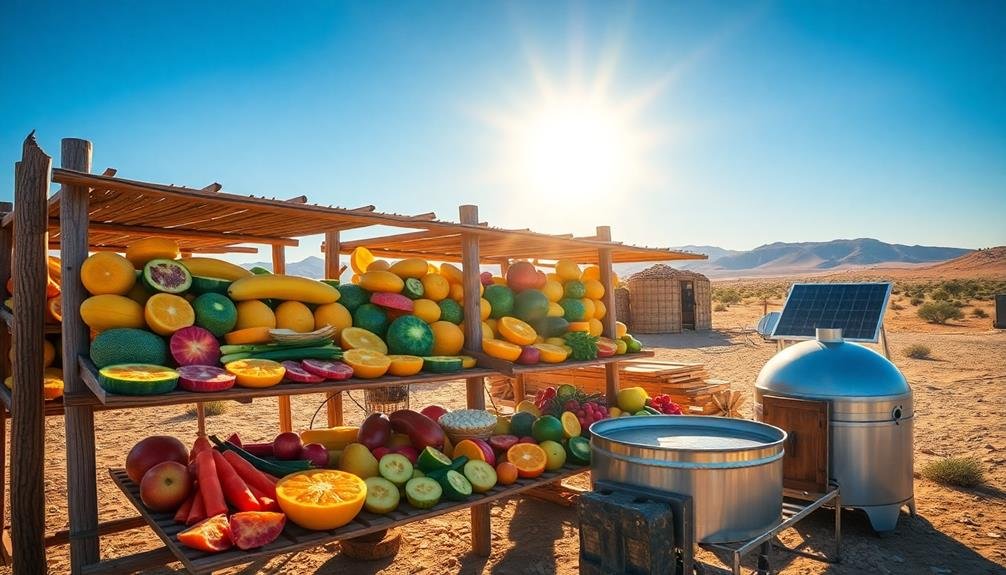
Harness the power of the sun to transform fresh produce into delicious, long-lasting snacks. Sun-drying fruits and vegetables is an age-old preservation technique that's both cost-effective and eco-friendly. You'll need a solar oven or dehydrator to get started.
Begin by selecting ripe, unblemished produce. Wash and slice them thinly for even drying. Apples, apricots, tomatoes, and berries are excellent choices for beginners. Arrange the slices on drying racks, ensuring they don't overlap. Place the racks in your solar oven or dehydrator, positioning it to catch maximum sunlight.
The drying process can take 1-4 days, depending on the fruit or vegetable and sun intensity. You'll know they're ready when they're leathery and pliable, with no moisture when squeezed.
Store your sun-dried goodies in airtight containers in a cool, dark place. Sun-dried produce retains most of its nutritional value and develops a concentrated, sweet flavor. You can enjoy them as snacks, add them to trail mixes, or rehydrate them for cooking.
With practice, you'll master this sustainable preservation method, reducing food waste and enjoying your harvest year-round.
Solar Dehydration of Herbs
Fragrant and versatile, herbs are perfect candidates for solar dehydration. You'll find that this method preserves their essential oils and flavors more effectively than traditional drying techniques.
To begin, harvest your herbs in the morning after the dew has evaporated but before the sun becomes too intense. Rinse them gently and pat dry with a clean towel.
Arrange the herbs in a single layer on drying racks or screens, ensuring good air circulation. Place these in your solar oven, maintaining a temperature between 95°F and 115°F. You'll need to monitor the herbs closely, as they dry much faster than fruits or vegetables. Most herbs will be ready in 2-4 hours, depending on their moisture content and the oven's efficiency.
You'll know they're done when the leaves crumble easily between your fingers. Store your dried herbs in airtight containers away from direct light. They'll retain their potency for up to a year, allowing you to enjoy fresh flavors long after the growing season.
Pasteurizing With Solar Heat
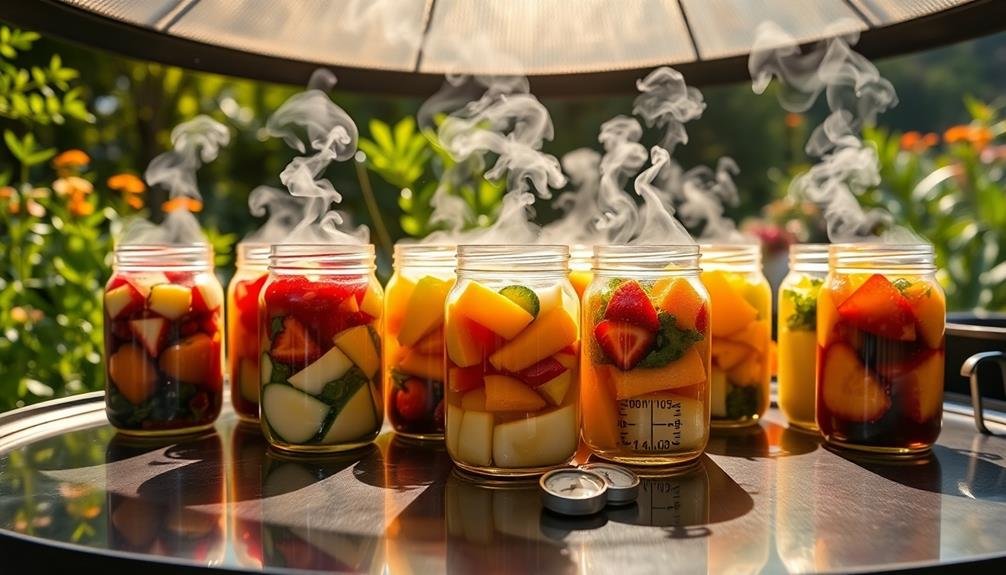
While herbs benefit from gentle drying, other foods require more intense heat treatment for safe preservation. Pasteurization using solar heat is an effective method for preserving various foods, including milk, juices, and even some canned goods.
You'll need a solar oven that can reach temperatures between 145°F and 165°F (63°C to 74°C) for effective pasteurization.
To pasteurize milk using solar heat, pour it into clean, clear glass jars and place them in your solar oven. Ascertain the oven maintains a temperature of at least 145°F for 30 minutes.
For fruit juices, aim for 160°F for 6 minutes. You can use a thermometer to monitor the temperature accurately.
Solar pasteurization isn't limited to liquids. You can also use this method to pasteurize eggs in their shells. Place the eggs in a solar oven and maintain a temperature of 140°F for 75 minutes. This process will kill harmful bacteria without cooking the eggs.
Frequently Asked Questions
How Long Does Sun-Dried Food Last in Storage?
You'll find sun-dried foods can last 6-12 months when stored properly. Keep them in airtight containers in a cool, dark place. For longer shelf life, you can freeze them, extending their usability up to 2 years.
Can You Use Solar Ovens for Canning or Preserving Meats?
You can use solar ovens for canning and preserving meats, but it's not recommended. They don't consistently reach or maintain the high temperatures needed for safe canning. It's better to use traditional methods for meat preservation.
What Materials Are Best for Constructing a DIY Solar Oven?
You'll need reflective materials like aluminum foil or mylar, insulation such as cardboard or styrofoam, a clear glass or plastic lid, and a dark-colored pot. Don't forget a sturdy base and sealant to hold it all together.
Are There Health Risks Associated With Sun-Powered Food Preservation Methods?
You'll face minimal health risks with sun-powered food preservation if you follow proper techniques. Make certain your food reaches safe temperatures, avoid contamination, and store it correctly. Don't leave food in the danger zone for too long.
How Do Weather Conditions Affect the Efficiency of Solar Food Preservation?
You'll find that weather greatly impacts solar food preservation. Sunny days are ideal, while clouds and rain reduce efficiency. Temperature and humidity also play a role. Wind can cool your equipment, slowing the process down.
In Summary
You've now learned three effective ways to preserve food using the power of the sun. Whether you're drying fruits and vegetables, dehydrating herbs, or pasteurizing foods, solar ovens offer a sustainable and cost-effective solution. By harnessing solar energy, you're not only conserving resources but also maintaining the nutritional value of your food. Remember, these techniques can help you extend the shelf life of your produce and reduce food waste. Give them a try and enjoy your sun-preserved goodies!
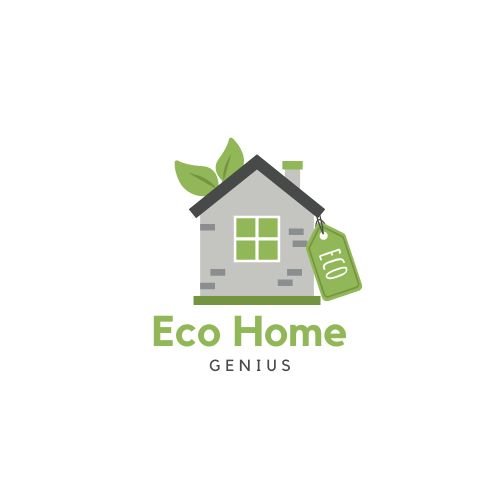
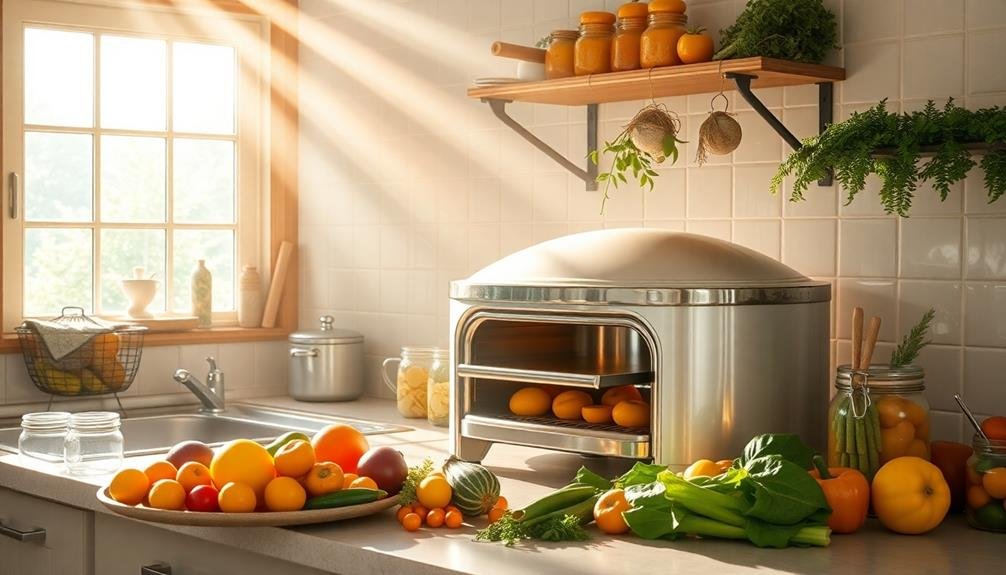
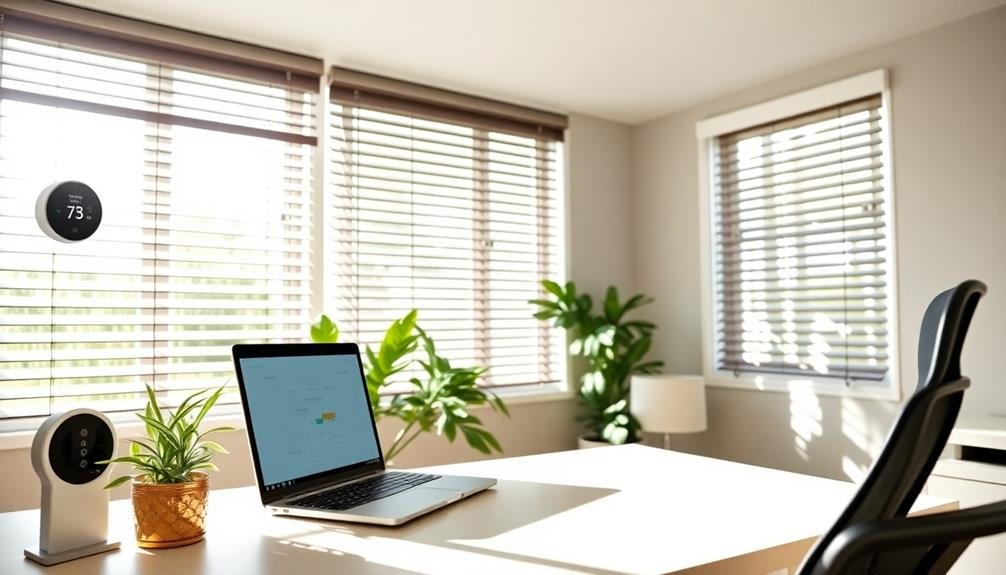
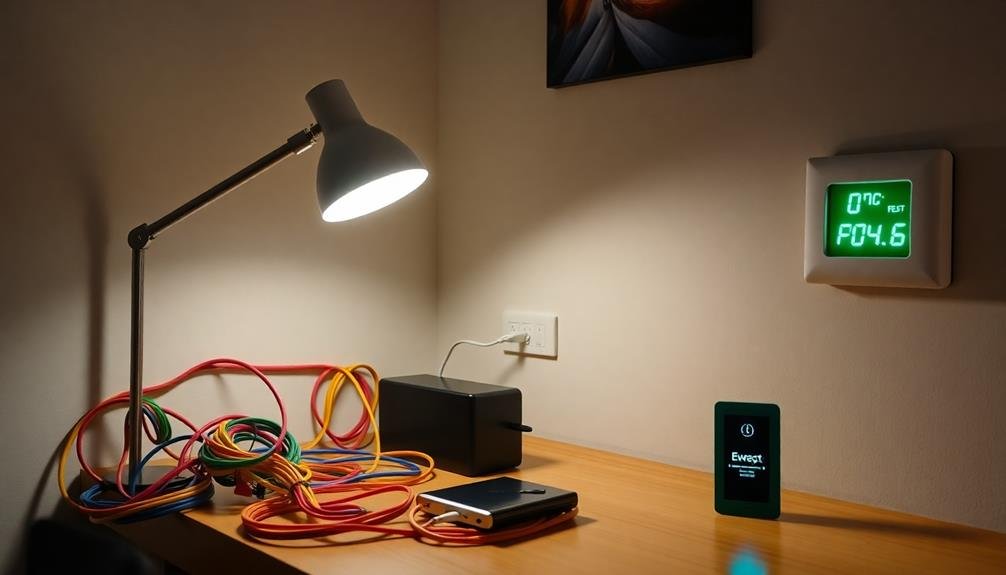
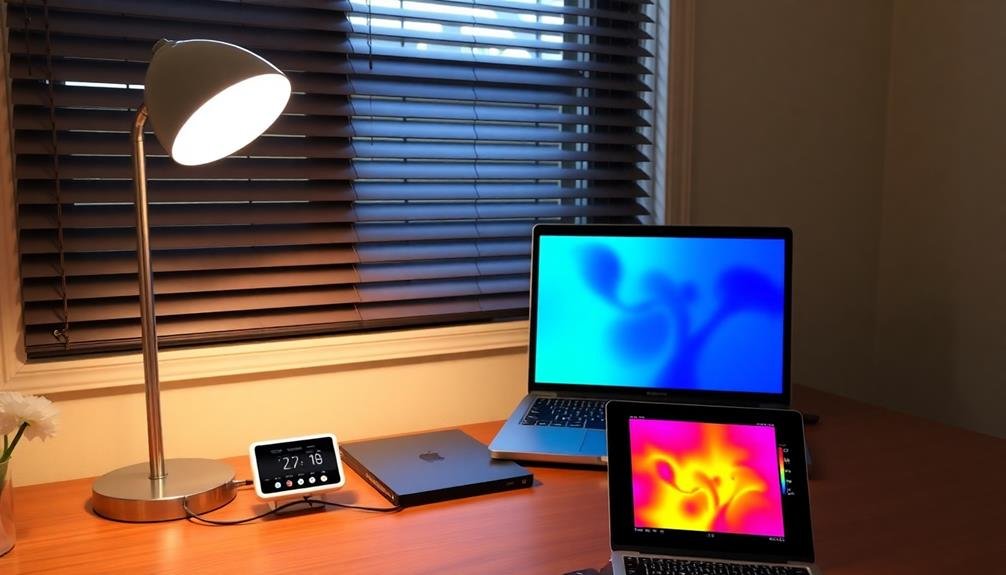
Leave a Reply